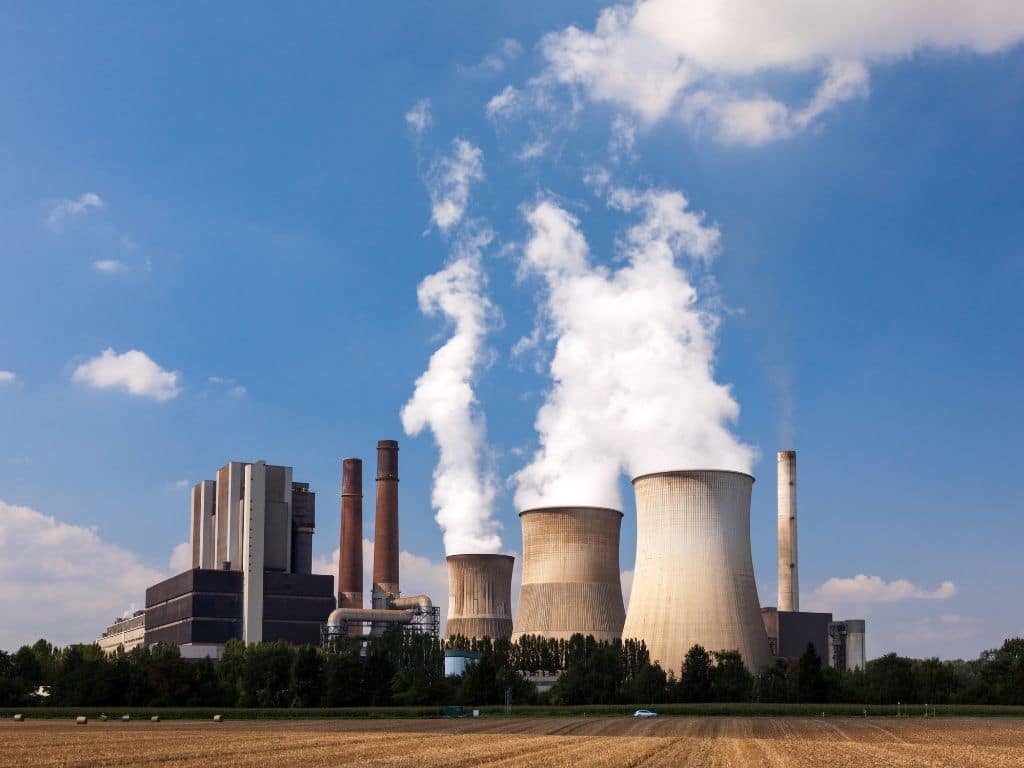In the search for low-carbon energy sources in the race to net-zero carbon emissions, the world has been highly divided on nuclear energy. While some countries are opting for a nuclear phaseout, others have plans to build new power plants. Undoubtedly, nuclear will still play a huge role in global energy production. Currently, this low-carbon source provides nearly 10% of the world’s electricity, and, compared to all the energy alternatives we currently have on hand, many experts believe that it is indeed one of the cleanest. Here are 5 interesting nuclear energy facts about the current state of the market.
—
1. Nuclear Energy is the World’s Second Largest Source of Low-Carbon Electricity
Nuclear accounts for 10.4% of the world’s electricity and it is preceded only by hydropower, which tops the low-carbon sources contributing 15.8% of the global share. Together, nuclear and renewables are responsible for generating more than one-third of global electricity. However, while renewables have been rapidly increasing since 2005, nuclear energy production has steadily decreased. If we consider the global energy mix, fossil fuels still far outnumber low-carbon sources, since sectors such as transport and heating still very much rely on oil, coal, and gas.
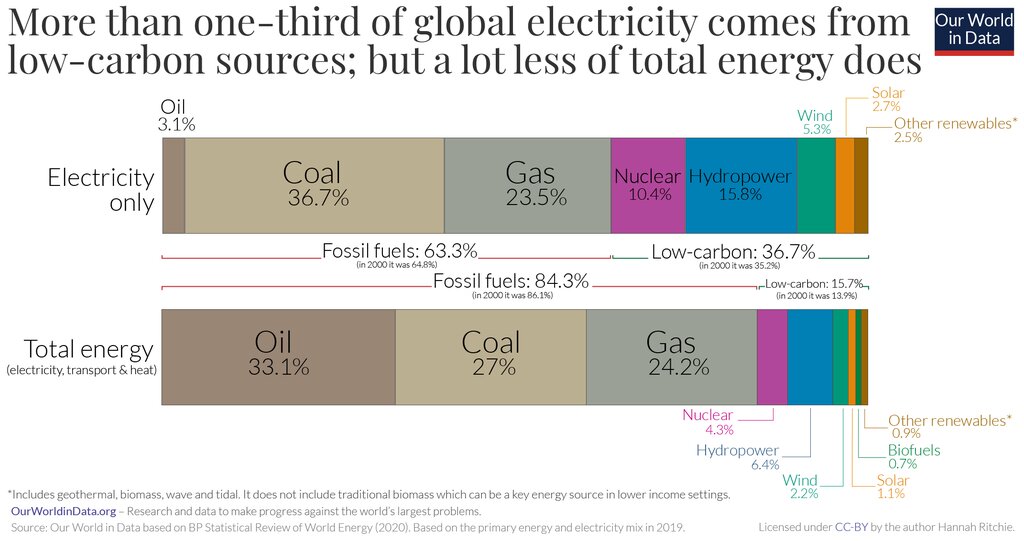
Figure 1: Share of Global Electricity and Total Energy Mix Generation
2. There are 439 Operational Nuclear Plants Around the World
Today, 32 countries have operational nuclear plants, 96 of which are located in the US, followed by France with 58, China with 50, and Russia with 38. There are plans to build 55 new reactors worldwide in the coming years. Despite this, many nations like Germany, Spain, and Switzerland have opted for a nuclear power phase-out by 2030 because of safety concerns. While some decided to turn to other sources of energy, other countries have plans to build new reactors. One of them is the United Kingdom, which recently announced its intention to build eight more nuclear power plants as part of a plan to cut dependence on Russian energy amid the conflict in Ukraine.
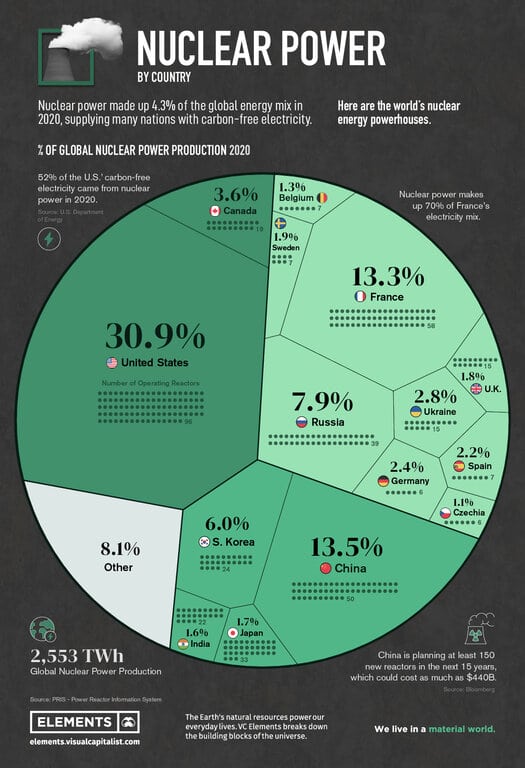
Figure 2: Nuclear Reactors Around the World
3. France Has the Largest Share of Nuclear Power in Total Electricity Generation of Any Country Worldwide
In 2020, 13 countries produced at least one-quarter of their total electricity from nuclear, with France relying on this power source for 70% of its total electricity generation. The European country is also the world’s largest net exporter of electricity due to the very limited costs of production. Exports alone bring in over €3 billion (USD$3.2 billion) per year. Slovakia and Ukraine also get more than half of their electricity from nuclear, while Hungary, Belgium, Slovenia, Bulgaria, Finland, and the Czech Republic get one-third or more. Despite having the largest number of reactors in the world, the US only relies on nuclear power for 20% of its total electricity, while nearly 60% of it is derived from natural gas and coal.
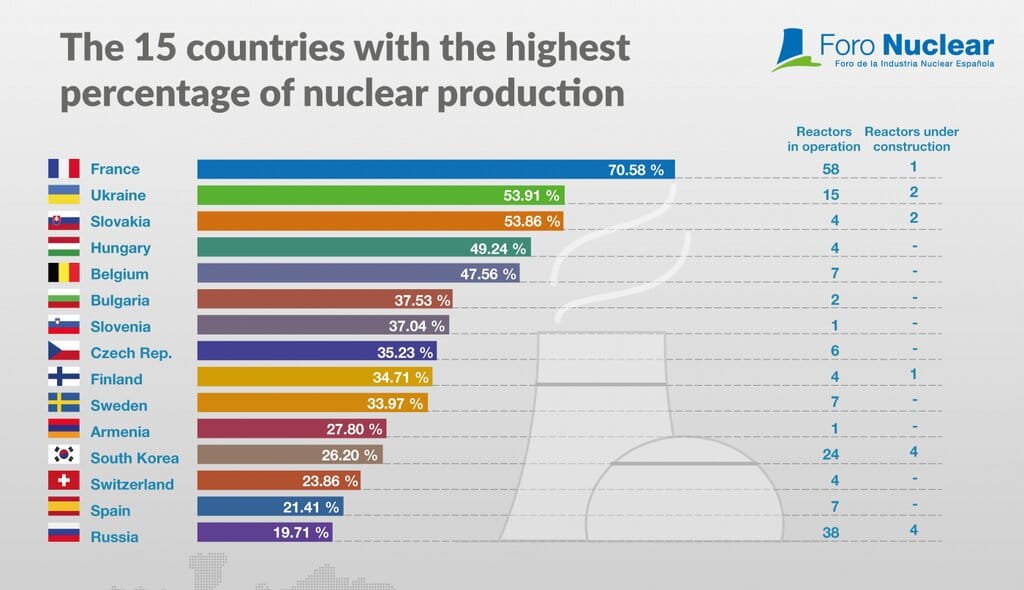
Figure 3: Top 15 Countries for Nuclear Energy Production, 2019
4. The Performance of Nuclear Reactors has Improved Substantially Over Time
In 2020, nuclear reactors supplied 2553TWh of electricity worldwide, down from 2657TWh in the previous year, the first drop in seven years. Since the beginning of nuclear energy in the 1970s, the capacity of reactors has increased significantly. Nearly 66% of power plants achieved a capacity higher than 80% in 2020, compared to just less than 30% four decades ago. Similarly, the number of reactors with capacity lower than 50% decreased by 11% between 1970 and today.
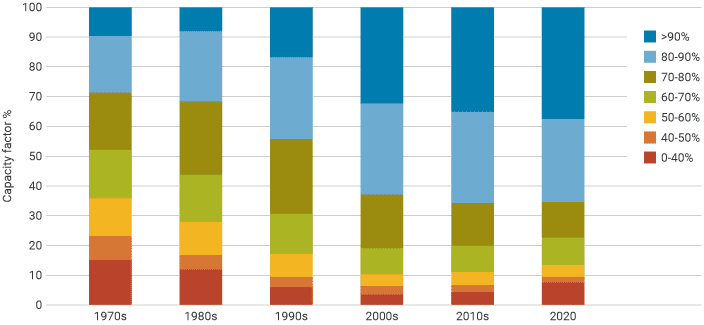
Figure 4: Performance Improvement of Existing Nuclear Reactors
5. Nuclear Waste is One of the Main Drawbacks of Nuclear Energy
One of the big advantages of nuclear power is that it is clean and provides pollution-free power with no greenhouse gas emissions. However, this type of energy has some drawbacks that pushed many countries to find safer alternatives. One of its main disadvantages is nuclear waste. Every 18 to 24 months, reactors must shut down to allow the removal of their spent uranium fuel, which remains radioactive for thousands of years, representing a huge threat to human health in case of nuclear accidents. For this reason, it needs to be disposed of permanently. Yet, no country in the world has yet come up with a reliable permanent solution to store it.
You might also like: The Advantages and Disadvantages of Nuclear Energy








